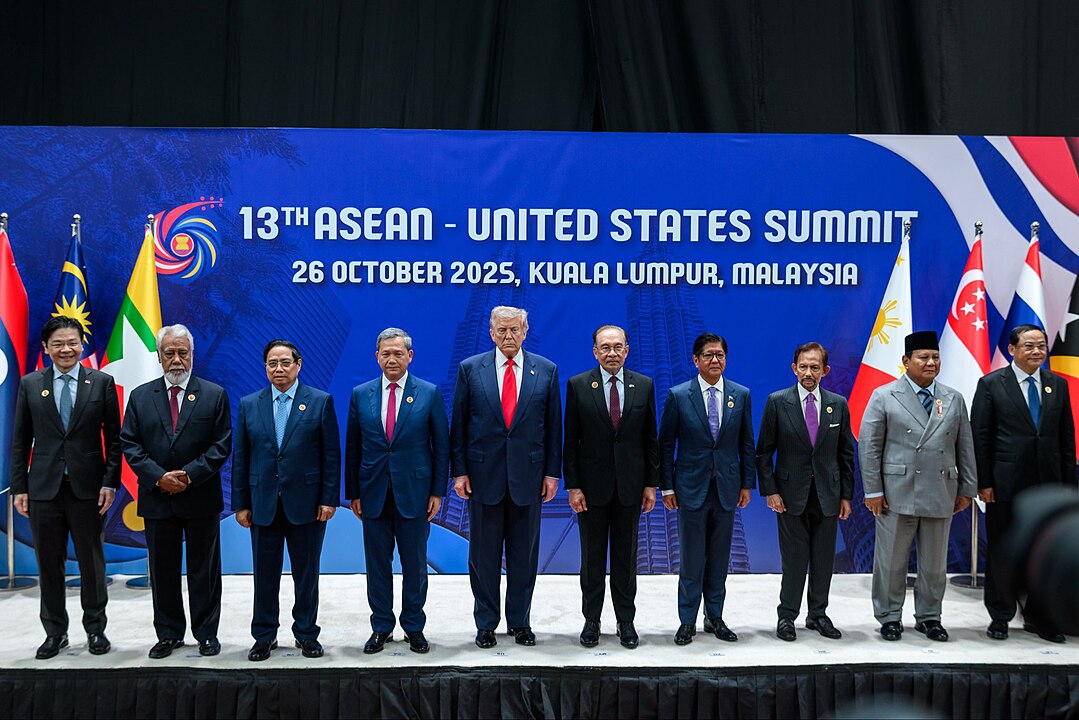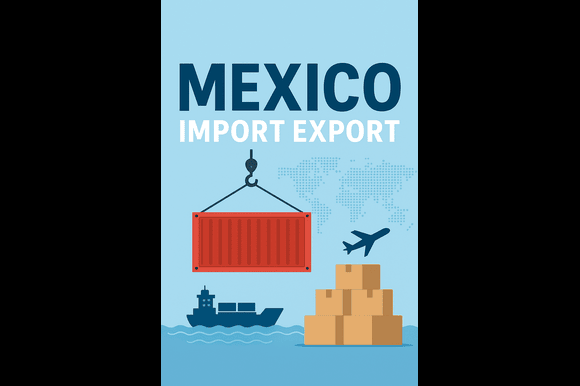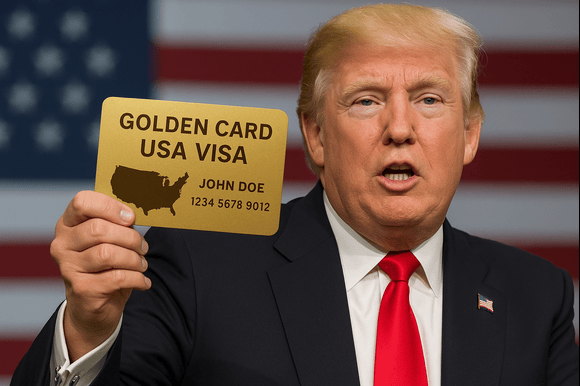
By Unknown author - X account of the White House
Bangkok / Tokyo / Manila — October 30, 2025
Former U.S. President Donald Trump has wrapped up his latest Asia tour, marked by high-profile trade agreements, diplomatic overtures, and a final meeting that has left analysts divided over its implications for U.S. foreign policy.
The tour, which spanned five countries over ten days, underscored Trump’s renewed effort to project influence abroad as speculation grows about his potential 2028 presidential ambitions.
Major Trade and Investment Deals
During stops in Japan and South Korea, Trump announced a series of economic deals reportedly worth over $120 billion combined.
In Tokyo, he secured a U.S.-Japan infrastructure partnership focused on energy and transport modernization, while in Seoul he praised South Korea’s commitment to increase U.S. semiconductor imports.
Trump hailed the agreements as “a win for American workers and Asian partners who believe in fair trade and strong borders.”
Symbolic Gestures and Public Spectacle
The tour also featured several moments that captured global attention — including Trump’s unexpected gesture of respect toward a Buddhist monk in Thailand, where he briefly kneeled during a temple visit.
Supporters described it as a sign of cultural appreciation, while critics labeled it a calculated photo opportunity.
In the Philippines, Trump attended a military parade alongside President Ferdinand Marcos Jr., where he pledged closer security cooperation in the South China Sea, warning that “no one nation should dominate Asia’s waters.”
The Controversial Final Meeting
The most talked-about moment came during Trump’s closed-door session in Hanoi, where he met privately with a senior Chinese envoy.
While details remain scarce, sources told international media that the discussion centered on trade tensions and Taiwan, with Trump reportedly striking a more conciliatory tone than expected.
The meeting was described by one diplomat as “both revealing and strategic,” suggesting Trump may be testing a reset in U.S.-China relations after years of volatility.
Regional and Global Reactions
Reactions across Asia were mixed. Japanese and South Korean officials praised the trade focus, while Chinese state media cautiously welcomed “constructive dialogue.”
However, several Western analysts criticized Trump’s approach, accusing him of using foreign diplomacy to boost personal political visibility.
Dr. Elaine Brooks, a foreign policy expert at Georgetown University, said,
“Trump’s Asia tour shows he’s still capable of commanding attention on the world stage — but it also raises questions about whether his diplomacy serves U.S. strategy or his own image.”




